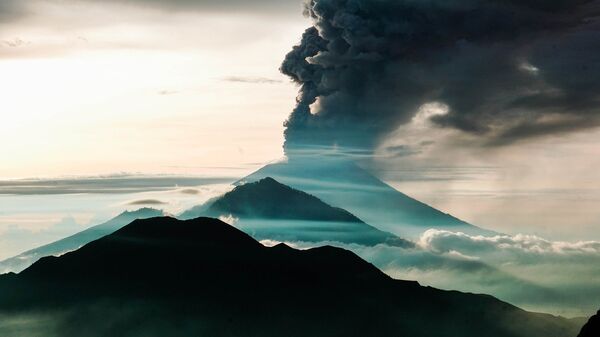Officials from the Darwin Volcanic Ash Advisory Center confirmed that the 500 meter (1,640 feet) tall volcano erupted Friday. "Since then, it's been emitting a continuous plume out to the west-northwest," center forecaster Chris Kearney said.
The eruption was still going as of Sunday morning, and could turn explosive, leading to a risk of tsunamis and landslides, according to observers. For the moment, the 2 km-tall plume of ash is not a hazard to local aviation, but a change in wind direction could cause problems at Wewak Airport, located on the northern coast of Papua New Guinea's main island. Local media reported that over half of Kadovar has now been "covered in volcanic products." Shipping and boat operators have been advised to avoid the island.
US-based charity organization Samaritan Aviation, which flies seaplanes to remote areas across Papua New Guinea, reported on its Facebook page that all the island's residents have been safely evacuated, and no loss of life was reported.
First known #eruption of #Kadovar #volcano in Papua New Guinea #PNG prompts #evacuation of 500 people after sending a column of ash 7000 feet in the air https://t.co/ocUNAkkP48 via @Strange_Sounds pic.twitter.com/hksnpP2zET
— Strange Sounds (@Strange_Sounds) 6 января 2018 г.
Before that, the volcano may have been one of two "burning islands" referenced by English explorer and pirate William Dampier in his journals. Dampier had recorded the volcanoes in the Pacific Ocean during his search for Terra Australis, the southern continent once believed to be a myth, in the 17th-century.



